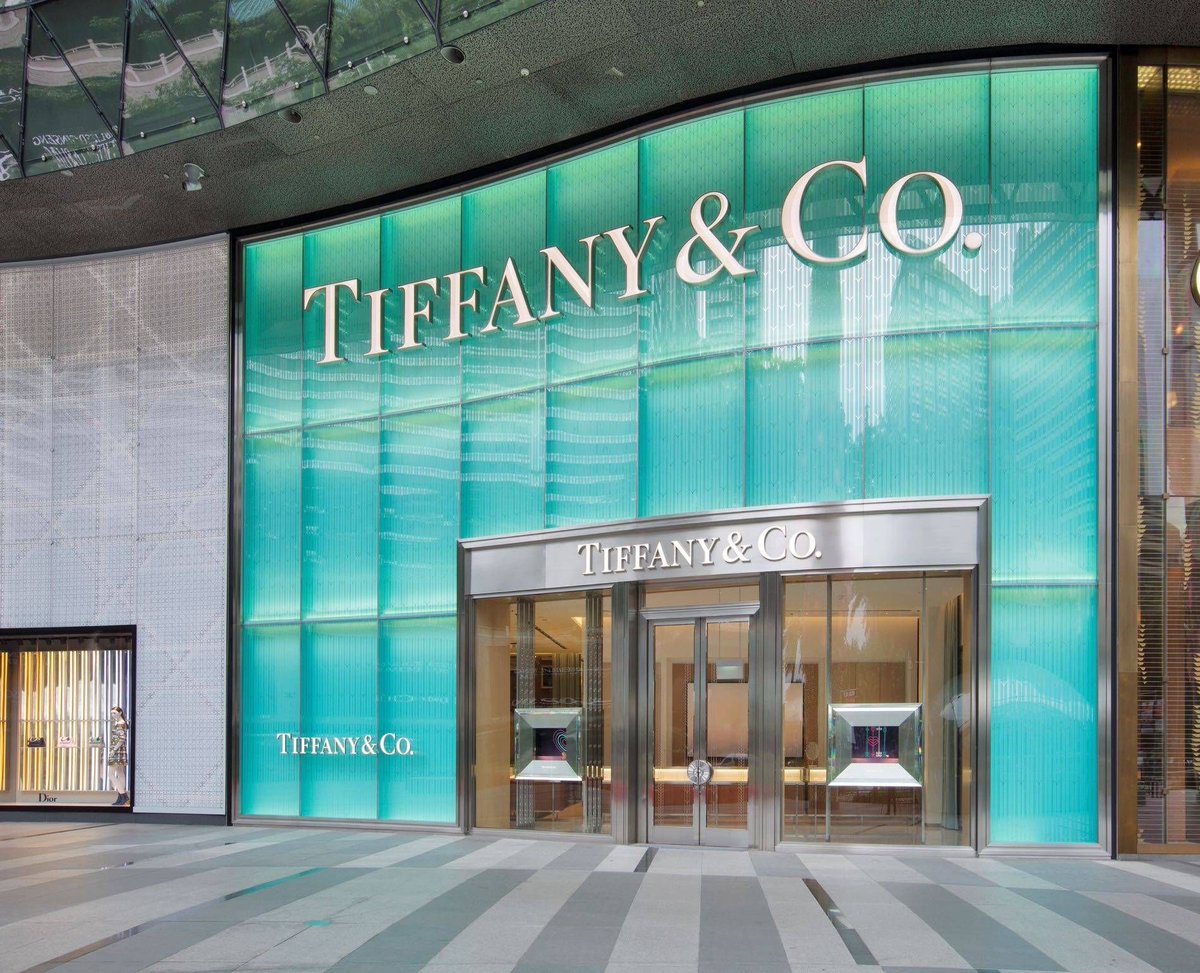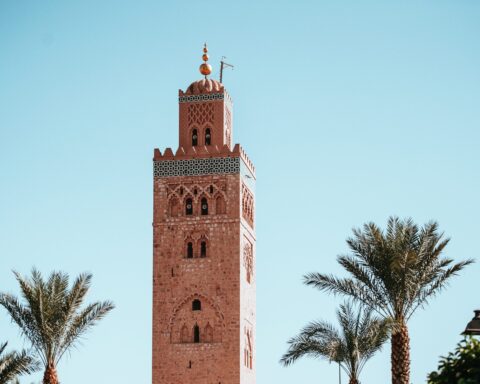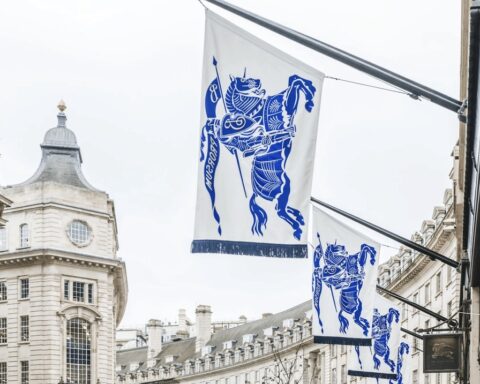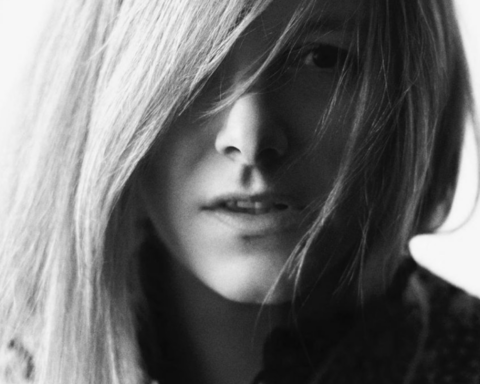[vc_row][vc_column][vc_column_text]
[arm_restrict_content plan=”1,” type=”show”] After a luxury repositioning in the early 2000s, the Kering group has managed, over two decades, to build a solid business model based on the acquisition of exceptional homes, the creation of value and a culture of responsibility. A unique business model that continues to bear fruit: in the last quarter of 2019, the group still recorded strong and profitable growth despite the crises. Analysis of an archetype of success.
A 360 ° turn towards luxury
It all began in 1999 when the Pinault-Printemps-Redoute (PPR) group, founded in 1962 by François Pinault, decided to withdraw from mass distribution and invest in the luxury sector. The group then sells its subsidiaries one by one (Printemps, Conforama, Fnac, La Redoute, etc.) and then buys – totally or partially – large luxury groups such as Gucci and Sanofi Beauté (which owns Yves Saint-Laurent).
This transformation towards luxury continues relentlessly: PPR continues to buy companies all more prestigious than the others: Sergio Rossi and Boucheron in 2000, Bottega Veneta and Balenciaga in 2001, Puma in 2007, the Swiss group of high-watchmaking Sowind Group in 2011 and the Chinese jeweler Qeelin in 2012, among others.
A refocusing on luxury, which materialized in 2013 when the PPR group, renamed Kering, decided to implement a strategy to move upmarket. Kering then only developed luxury brands, in sectors as varied as leather goods, shoes, ready-to-wear, watches and jewelry. A new business model is born.
A modern and creative business model
The Kering group’s strategy now focuses – and exclusively – on the development by large luxury houses of high-end products. But because the excellence of high-end products is not sufficient for the development of a luxury brand, Kering is oriented towards creation and allies with houses with high creative potential, which are sources of innovation and inspiration for the greatest number. The luxury of Kering then claims to be “a luxury in motion, based on a powerful creative content, carrying modernity, which arouses emotion and allows everyone to reveal their personality” recalls the group itself on its site.
Kering has chosen a multi-brand, modern and deeply innovative business model, which must above all be inventive, for example through unique customer experiences that aim to meet their unique expectations.
The creation was therefore used for daring luxury at Kering. The group’s business model is illustrated by this desire to change the concept of luxury and to shape “luxury of tomorrow”, which is more innovative. A luxury that also thinks of integrating societal evolutions. Based on the impact of people on the planet, the group has in fact chosen to develop a more responsible economic model, thereby creating the prospects for sustainable luxury and giving the group a structural competitive advantage.
Outstanding results
Kering’s positioning and repositioning in recent years has enabled the group to record strong and profitable growth. The 2019 annual results were up sharply, with a turnover of 15.883 billion euros, up + 13.3% compared to 2018. For good reason, the very strong growth of Gucci (+13.3 %) and Saint Laurent (+ 14.4%) but also the dynamism of Balenciaga and Alexander McQueen.
Graphical analyzes of the Kering share price have even shown that it has experienced a long upward period, increasing the share value from € 85 in 2008 to more than € 480 in 2019, i.e. growth of 260%. between 2014 and 2019. And this, despite episodes of slowdown due in particular to threats of a trade war between the United States and China in 2019.
Good overall economic health therefore, but which is however likely to be compromised when part of the Kering store network has closed due to the worldwide spread of the Covid-19 virus. While a drop in global sales of Kering seems inexorable, mainly in mainland China and in Western Europe, the luxury giant has recently decided to react on behalf of its Italian houses and those which operate in the country (Gucci , Bottega Veneta, Saint Laurent, Balenciaga, Alexander McQueen, Brioni and Pomellato) by announcing a donation of two million euros to Italy. A sum which will be donated to the main Italian foundations and health establishments.
A mobilization that would allow the world to fight the pandemic more effectively and therefore the group to start again, once the crisis is overcome.
Read also> Coronavirus: Mass cancellation of the cruise fashion shows
Featured photo: © François-Henri Pinault / Wikipédia
[armelse] [/arm_restrict_content][/vc_column_text][/vc_column][/vc_row][vc_row][vc_column][vc_column_text]
[arm_restrict_content plan=”1,” type=”hide”] After a luxury repositioning in the early 2000s, the Kering group has managed, over two decades, to build a solid business model based on the acquisition of exceptional homes, the creation of value and a culture of responsibility. A unique business model that continues to bear fruit: in the last quarter of 2019, the group still recorded strong and profitable growth despite the crises. Analysis of an archetype of success.
A 360 ° turn towards luxury
It all began in 1999 when the Pinault-Printemps-Redoute (PPR) group, founded in 1962 by François Pinault, decided to withdraw from mass distribution and invest in the luxury sector. The group then sells its subsidiaries one by one (Printemps, Conforama, Fnac, La Redoute, etc.) and then buys – totally or partially – large luxury groups such as Gucci and Sanofi Beauté (which owns Yves Saint-Laurent).
This article is reserved for subscribers.
Subscribe for FREE for 1 month with the promotion code TELEWORK!
Unlimited access to all the articles and live an original reading experience, preview content, exclusive newsletters …
I subscribe!
Already have an account? Log in.
Featured photo: © François-Henri Pinault / Wikipédia
[armelse] [/arm_restrict_content][/vc_column_text][/vc_column][/vc_row]








